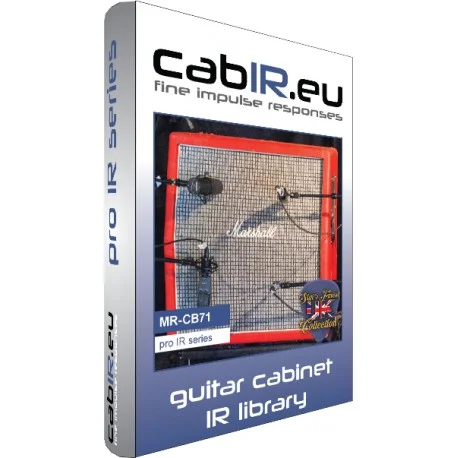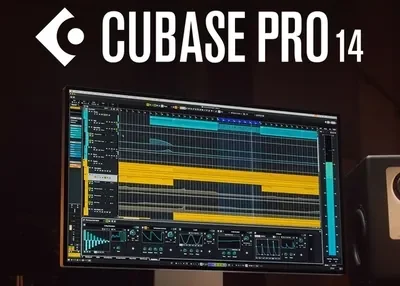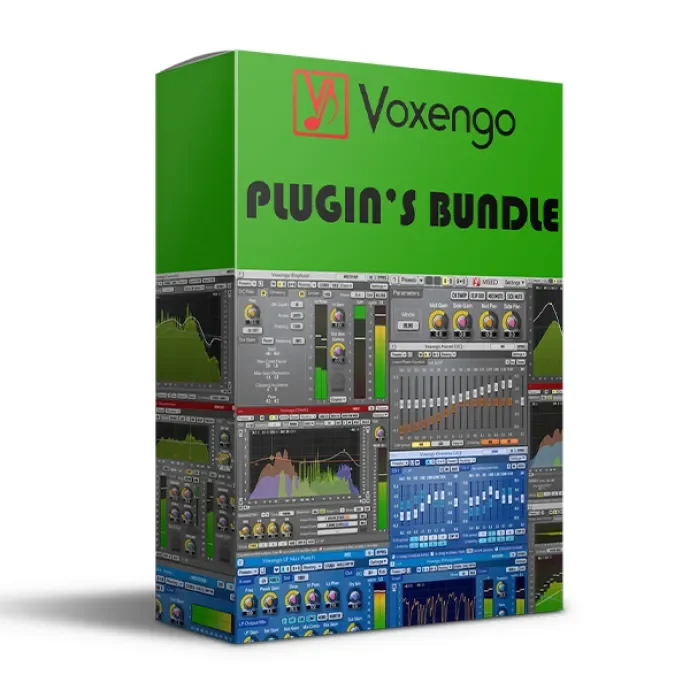
Ultimate Guide to Guitar Impulses with Marshall 1960A Cabinet
If you’re a guitarist or audio engineer looking to achieve exceptional sound quality, understanding guitar impulses is essential. This guide explores the incredible tonal possibilities offered by a classic 1971 Marshall 1960A guitar cabinet, paired with the iconic 1971 Celestion G12M25 ‘pulsonic cone’ preamplifier. With sampling rates of 48 kHz and 96 kHz, these impulses deliver pristine audio clarity for recording and live performances.
Capturing the Perfect Sound: Microphones for Guitar Cabinets
One of the key factors in recording high-quality guitar tones is the choice of microphones. The right mic can make all the difference in capturing the nuances of a Marshall 1960A cabinet. Here’s a list of microphones commonly used to record these impulses, each offering unique characteristics:
- Shure SM57: A legendary dynamic mic known for its versatility and ability to handle high sound pressure levels.
- Sennheiser e906: Perfect for capturing the raw energy of guitar amps with a tailored frequency response.
- Sennheiser MD421: Offers a warm, detailed sound, ideal for both close and ambient miking.
- AKG C414 XLS: A condenser mic that provides exceptional clarity and versatility for studio recordings.
- sE Electronics X1R: A ribbon mic that adds a vintage warmth to guitar tones.
- Shure SM7B: Popular for its smooth, flat response, often used in professional studios.
- Sennheiser MD441: A dynamic mic with a wide frequency range for detailed audio capture.
- Behringer ECM8000: A budget-friendly condenser mic for measurement and recording purposes.
- AKG C451: Known for its bright, clear sound, great for capturing intricate details.
Experimenting with these guitar cabinet microphones allows you to find the perfect setup for your recording needs, whether you’re aiming for a vintage vibe or a modern punch.
Enhancing Tone with Power Amp Voicing
Another critical aspect of shaping your guitar sound is the power amp voicing. The following configurations can dramatically alter the character of your tone:
- Idealized-NULL-Amp: A neutral setting that provides a clean, uncolored base for your sound.
- Push-Amp: Adds a dynamic edge, pushing the amp to deliver a more aggressive tone.
- Tube-Amp: Emulates the warm, harmonic-rich sound of classic tube amplifiers.
By tweaking these settings, you can customize the output of your Celestion G12M25 speakers to match your musical style, whether you’re playing blues, rock, or metal.
Why Sampling Rates Matter for Guitar Impulses
The audio sampling rates of 48 kHz and 96 kHz ensure that every detail of your guitar tone is captured with precision. Higher sampling rates like 96 kHz offer greater fidelity, making them ideal for professional studio work, while 48 kHz is often sufficient for live sound applications. Choosing the right rate depends on your project’s needs and the equipment you’re using.
Conclusion
Harnessing the power of guitar impulses with a 1971 Marshall 1960A guitar cabinet and Celestion G12M25 speakers can elevate your sound to new heights. By selecting the best guitar recording equipment, experimenting with various microphones, and fine-tuning your power amp voicing, you can achieve a signature tone that stands out. Whether you’re a seasoned producer or a passionate guitarist, these tools and techniques will help you create audio magic.



